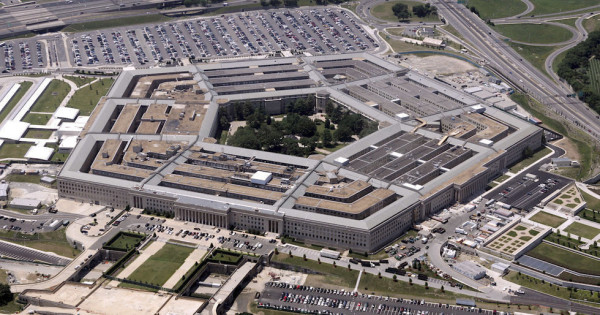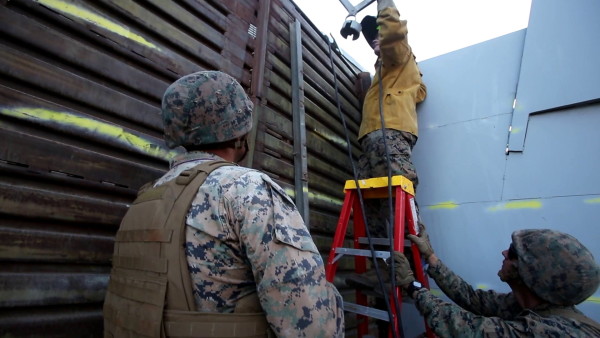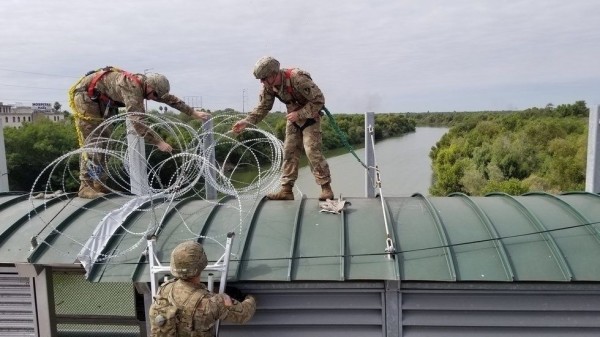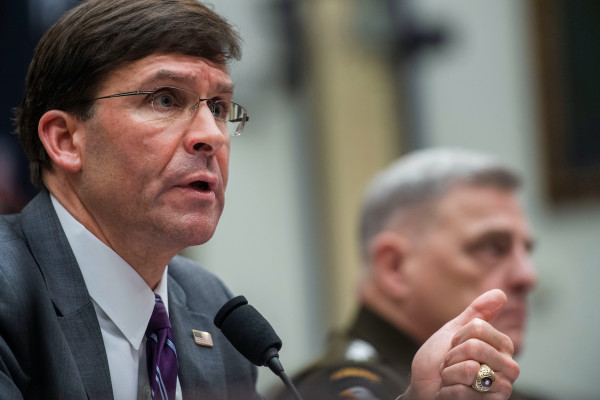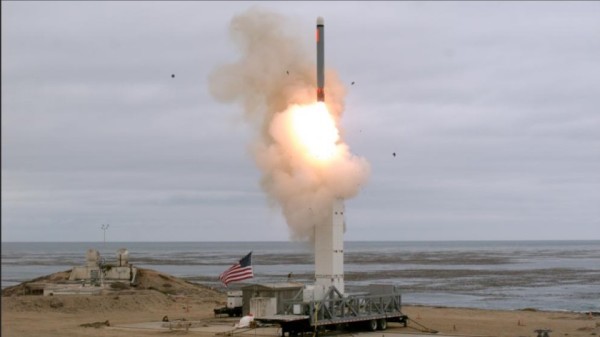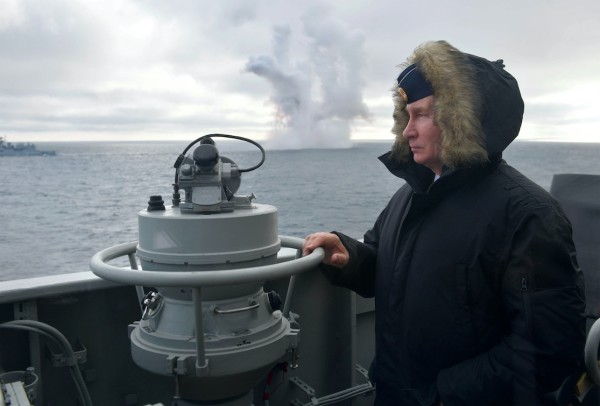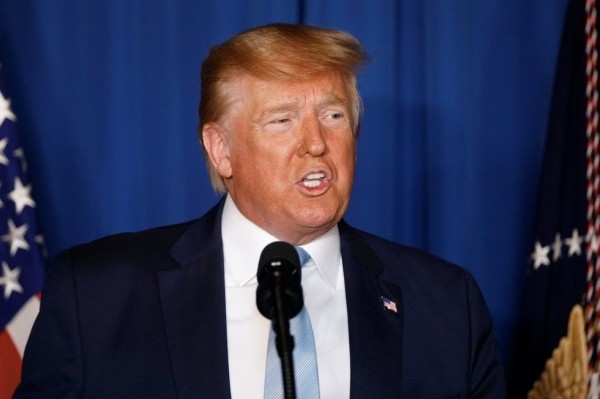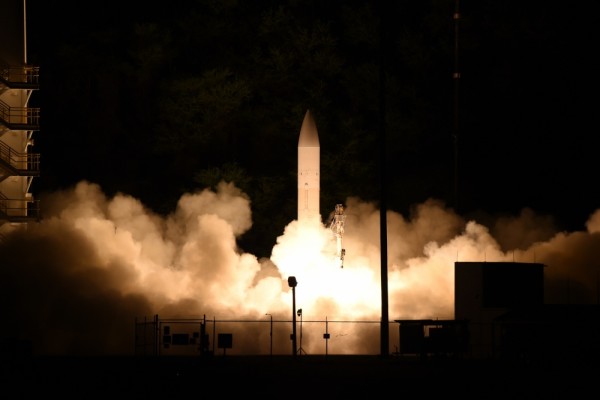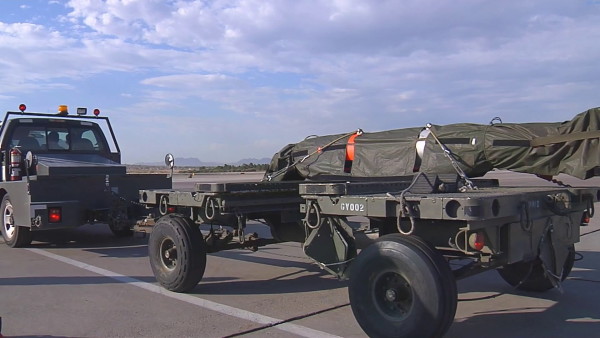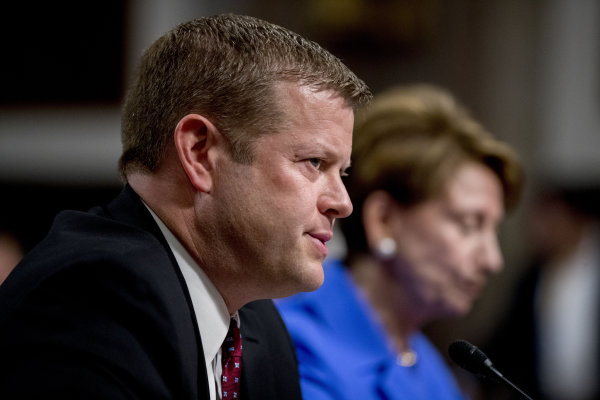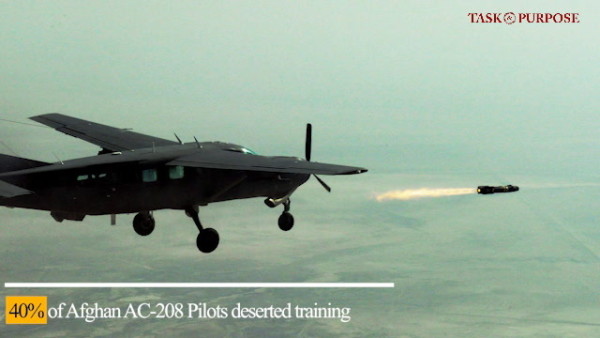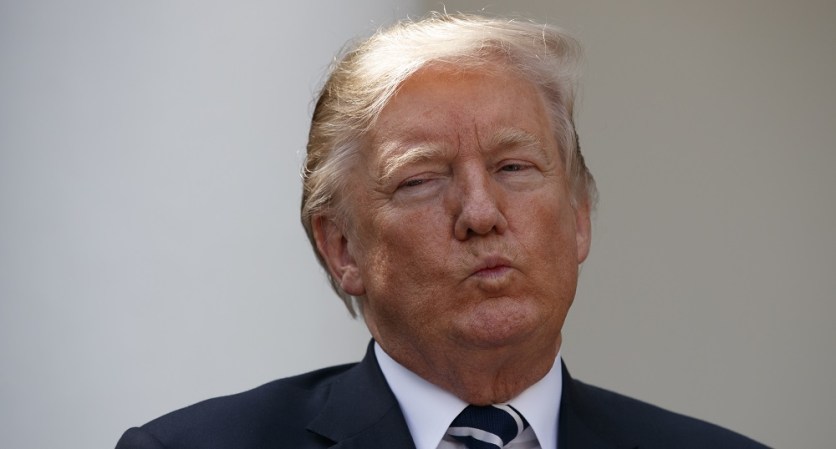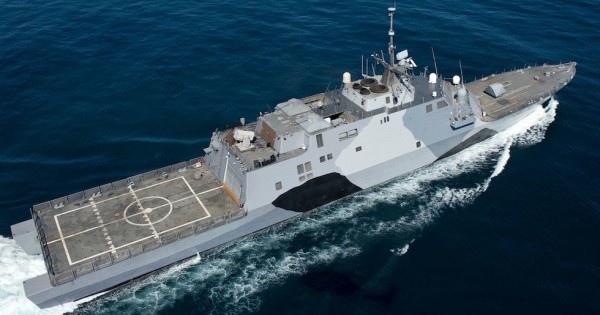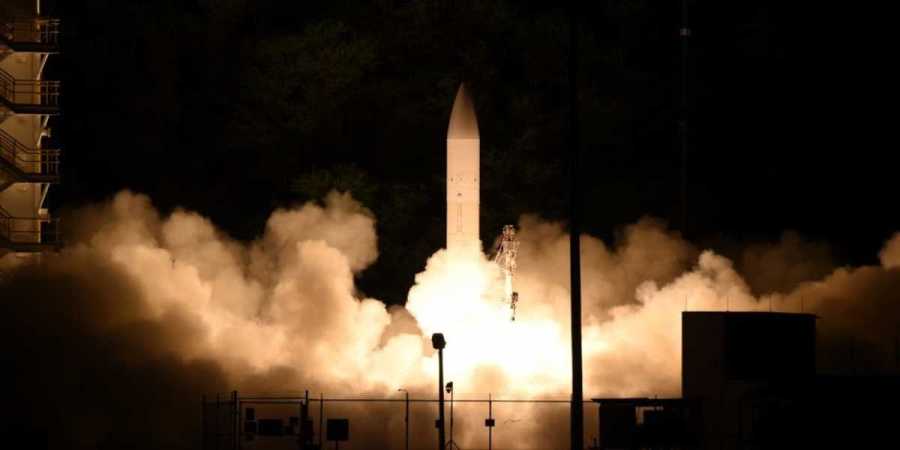WASHINGTON (Reuters) – U.S. President Donald Trump’s $740.5 billion defense budget request sent to Congress on Monday includes more money for nuclear weapons and a big boost to research and development spending to prepare for future warfare.
The defense spending request contains the Pentagon’s largest research and development budget in 70 years, a senior defense official said, as the military aims to build next generation capabilities to counter the growing strength of China and Russia.
Within the Pentagon’s competing priorities, the request for nuclear weapons modernization funds rose 18% compared to last year or $29 billion extra dollars, a second senior defense official said. Fully modernizing the U.S. nuclear triad will cost more than a trillion dollars over 30 years, according to the Congressional Budget Office.
The funding will go to better nuclear command and control as well as delivery platforms like the Columbia Class nuclear submarine made by Huntington Ingalls Industries and General Dynamics and the certification to carry nuclear bombs aboard the stealthy F-35 jet fighter made by Lockheed Martin Co.
The Pentagon’s budget request includes $69 billion to fund ongoing wars and other Pentagon needs. Earmarking funds in this way helps the Defense Department avoid budget caps passed by Congress.
The U.S. Navy budget decreased by 1%, or $1.9 billion, to $207 billion and the Air Force had a slightly higher budget as the Trump administration increased the number of orders for KC-46 refueling tankers to 15, from 12. The Boeing Co program has been troubled by cost overruns and problems with the construction process.
Trump’s proposal calls for 79 F-35 jets, one more than requested last year. But Congress last year increased the F-35 purchase number to 98 from 78 in the budget they passed.
The U.S. Missile Defense Agency (MDA), charged with the mission to develop, test and field a ballistic missile defense system, is examining an additional layer of homeland defenses. Their budget of $9.1 billion includes funds to develop a prototype THAAD interceptor missile for defending the lower 48 states.
The MDA budget would also help fund the expansion of the Ground-based Midcourse Defense (GMD) system, a network of radars, anti-ballistic missiles and other equipment designed to protect the United States from intercontinental ballistic missiles.

